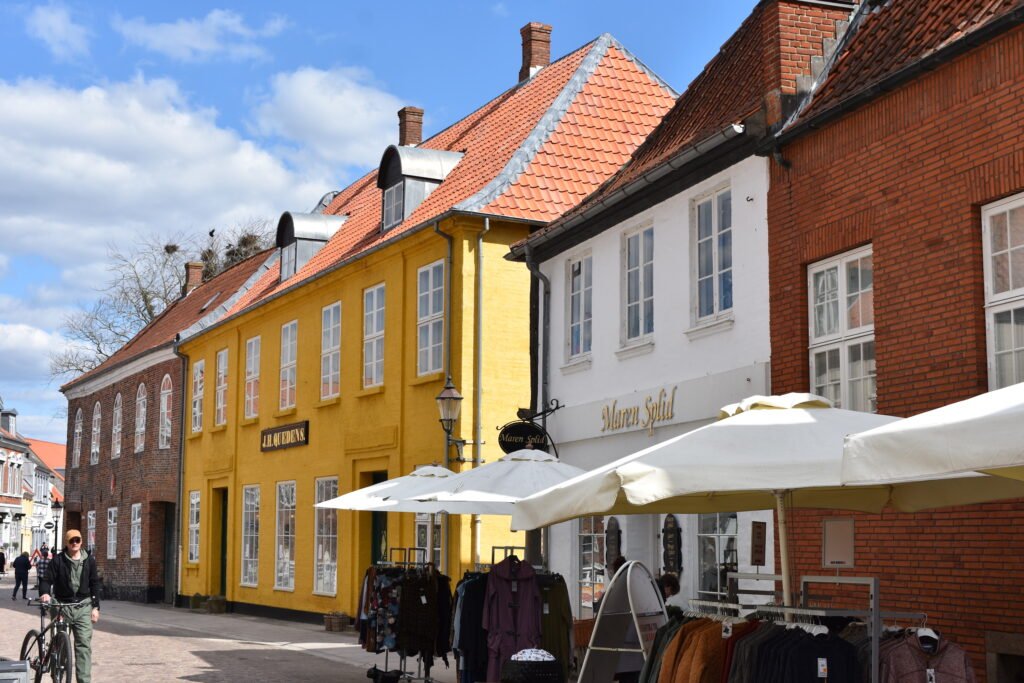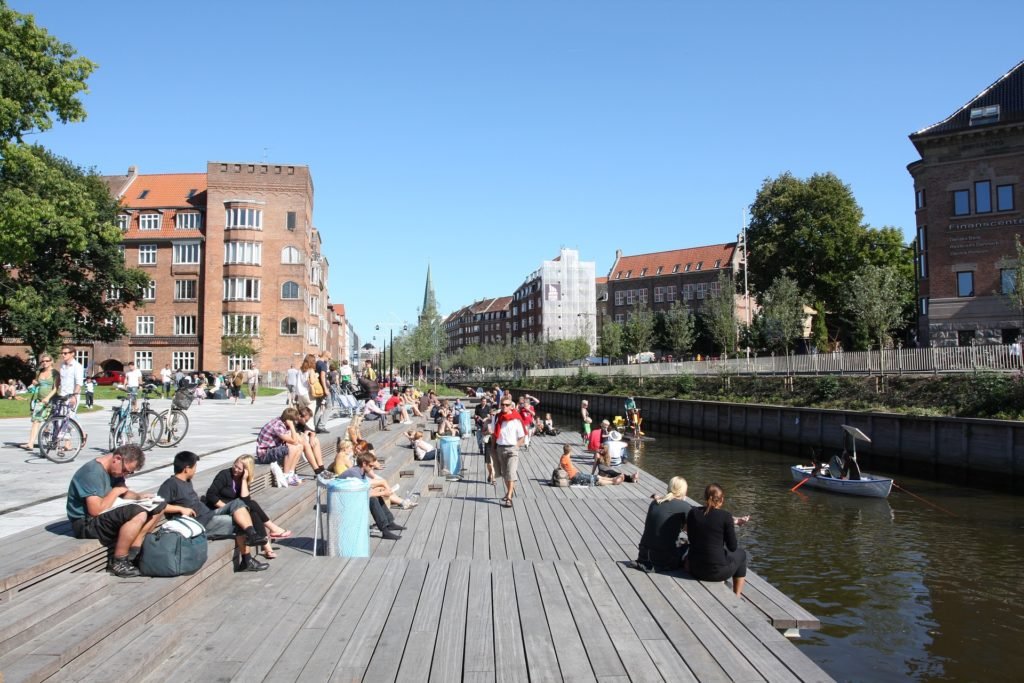
Planning a trip to Denmark? Then you have a great journey in front of you. Overall, Denmark is a very safe country, but there are some minor precautions you should take – in this article we will cover everything related to safe travel in Denmark.
Continue reading below to learn about crime, public health, natural disasters (or lack thereof) and
Contents
Crime in Denmark
In general, Denmark is pretty safe. There is a low crime rate and it is unlikely that anything bad should happen to you while you are there.
Some areas of some cities can be dodgy. For instance, Nørrebro in Copenhagen can be a bit dangerous for solo travelers and for females at night. Yet, it is one of the most visited areas of the city, so it is hard to avoid going there on a trip to Copenhagen – just be aware of your surroundings when it gets dark.
The western section of Aarhus also has much higher crime than the average rate in Denmark, so it is also an area to avoid for the most part.
Odense’s Vollsmose neighborhood should be avoided due to crime, but it’s not a touristic area anyway, so you likely won’t be there.
Aalborg’s eastern neighborhood has more crime than average as well. Once again, not a major tourist spot, so it doesn’t matter in relation to this.
The areas mentioned above are basically the ‘ghettos’ of the main cities. The rest of the country has a very low crime rate, so if you are visiting central Copenhagen or Aarhus, or one of the villages or resorts in Denmark’s countryside, you won’t have any issues at all. People are generally friendly and very peaceful – so don’t worry. You can always call 112 if you get into a bad situation, but for 99.9% of travelers it will not be necessary.
The coronavirus has spread to just about every country and that includes Denmark. The situation won’t be much different than it is in your home country – the virus is there, and some people will have it. There is a risk of getting this virus as you travel, just like everywhere else, so it shouldn’t make a huge difference.
With that said, Denmark’s restrictions often change – so that is the part to focus on. The country went from being one of the most lenient, to one of the strictest, then to the most open country in the world, and now back to strict again. Check up on the restrictions before you go. You might have to complete a vaccination course or take a test to go, but things change all the time, so stay up to date before and during your trip.
Risk of natural disasters in Denmark
Denmark doesn’t have natural disasters like other countries do. The weather is dark and rainy for half the year, but the weather is almost never dangerous.
There can be occasional storms, mostly in the autumn and winter, but these are nowhere near as bad as in other countries. In the summer there can be a lot of lightning. The risk of getting hit is insanely low, yet it is still a good idea to stay inside if there is lightning outside.
Some Danish towns have bad locations and local houses can get flooded with water. But this almost never happens in the city centres of Copenhagen and Aarhus, or in the other main destinations such as Ribe, Billund and the coastal resorts.
FAQ about safety in Denmark
Before concluding the article, we will answer some basic questions about safety in Denmark.
Can I drink the tap water in Denmark?
Yes, you can – it is safe to drink. But if you prefer bottled water, you can buy it at any supermarkets. There you will find expensive brands such as Kildevæld, Egekilde and Aqua d’Or, yet the cheap brand Denice is actually the best. It has a 7.6 pH value.
Can I walk around with my phone in Denmark?
Yes, it is no problem. It is rare to see people steal phones on the streets.
How can I contact the police?
If you need urgent help, call 112. If you just need to report something non-acute, call 114.
Is it safe to go to the beach in Denmark?
It is safe – but obviously, only go into the water if you know how to swim.
What are the most dangerous cities in Denmark?
Statistically, Copenhagen is by far the most dangerous place in Denmark. It has about three times as much crime as Aarhus, ranking second. Aalborg, Odense and Randers are next on the list. But remember – crime is still much lower than in most other countries. Just avoid the few bad neighborhoods and don’t get involved with anything if you are out partying at night.
What are the safest places in Denmark?
The islands of Læsø, Fanø and Samsø are statistically the safest places. But once you get outside the main cities, everywhere is extremely safe. And even the main cities are safer than most big cities around the world.
What are the biggest risks to tourists in Denmark?
It’s probably traffic, minor theft and tourist scams. So just use common sense.
Can I pay with credit card everywhere?
Yes, if you don’t like carrying cash around, you can pay with your credit card almost everywhere. Over 80% of Danish people use their credit card for everyday purchases. There are also many ATMs where you can cash out money if you need some cash.
Are there any specific diseases in Denmark?
Viruses like coronavirus and influenza are everywhere, so they are also in Denmark. But overall, the health situation is very good in the country, and you generally don’t have to worry about getting sick. Mosquitoes are harmless, but if you go to a remote area or walk around in high grass, watch out for ticks – they can spread Lyme and other diseases, much like elsewhere in Europe.
Conclusion
Is it safe to travel to Denmark? Yes, we would say so. There are some things to be aware of, and a few areas to avoid in Copenhagen and the other main cities, but Denmark is one of the safest countries in the world and you can easily get help if you need it.
Don’t miss our other articles about Denmark, its culture, and its top destinations!








